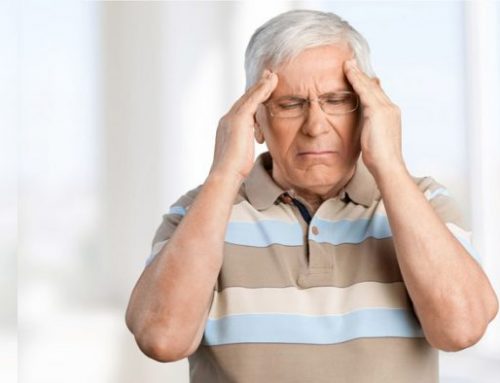Your bones make you who you are, literally! They support your body, protect your vital organs and even play a part in storage of minerals and blood cell production.
The bones in our body are not the dead, dry sticks we think they are. They are actually living tissue made of living cells and even have their own blood vessels which help them grow. blood vessels which help them to grow.
What’s in a bone?
Periosteum: The outer surface of the bone is a thin membrane that contains nerves and blood vessels which nourish the bone.
Compact bone (cortical bone): This is the part that we see. It gives the bone its smooth white appearance.
Cancellous bone: Within the compact bone are many layers of spongy bone tissue. This layer is less dense than compact bone and more flexible.
Bone marrow: The innermost part of the bone is a thick jelly-like substance which is involved in production of blood cells.
Bone diseases
Bone conditions and diseases don’t only happen when you get old. People of all ages can be affected by different bone conditions as well.
Osteogenesis imperfect (Brittle bone disease)
This genetic disorder is caused by a defect in the gene that produces collagen, the protein that is used to create bone. There are several forms of the disease where the body does not produce enough collagen or produces collagen that is of poor quality. Symptoms include deformities, multiple bone fractures, brittle teeth, weak muscles, curved spine and hearing loss.
Paget’s Disease of Bone
In people who suffer from Paget’s Disease, there is abnormal bone tissue breakdown and formation. New bones formed are often larger but weaker and over time, they become fragile and misshapen. This disease usually affects the spine, pelvis, skull and legs and can also lead to other health problems such as arthritis and hearing loss.
Osteoporosis
Osteoporosis means ‘porous bone’ and this disease causes bones to become weak and brittle due to loss of bone tissue. Bones may become so weak that they can break from a fall or in extreme cases, from sneezing or even lightly bumping into things. Osteoporosis can affect anyone but those in the high risk group include women above 50 years of age.
Keep your bones strong!
Follow these tips to ensure optimal bone health:
1. Make good lifestyle choices
Sugar, alcohol and caffeine can weaken bones as the body uses minerals in the bones to metabolise these substances. Nicotine and free radicals in cigarette smoke can also affect hormone levels that are involved in keeping bones healthy. In fact, studies have shown that smokers have a higher risk of repeated fractures which also do not heal well. So stop smoking and include more bone-friendly foods and you’ll be on your way to stronger, healthy bones!
2. Get more calcium
Until your 30s, your body is busy building up bone mass. Load up on calcium during these years and you will greatly lower your risk of osteoporosis as you age. Besides dairy products, you can also choose broccoli, sardines, sweet potatoes and almonds for a calcium rich alternative. Don’t forget to include vitamin D in your diet because this helps the body to absorb calcium better!
3. Keep moving
Weight-bearing exercise builds bone mass and also improves balance and posture to prevent falls. Even if you are already suffering from osteoporosis, exercise can help to maintain the bone mass that you have. Three types of exercise* that are useful for osteoporosis include weight-bearing (walking, dancing and even stair climbing!), resistance (weights and water exercises) and flexibility (stretching, tai chi and yoga).
*If you are suffering from osteoporosis, always consult your doctor before engaging in any type of exercise.







